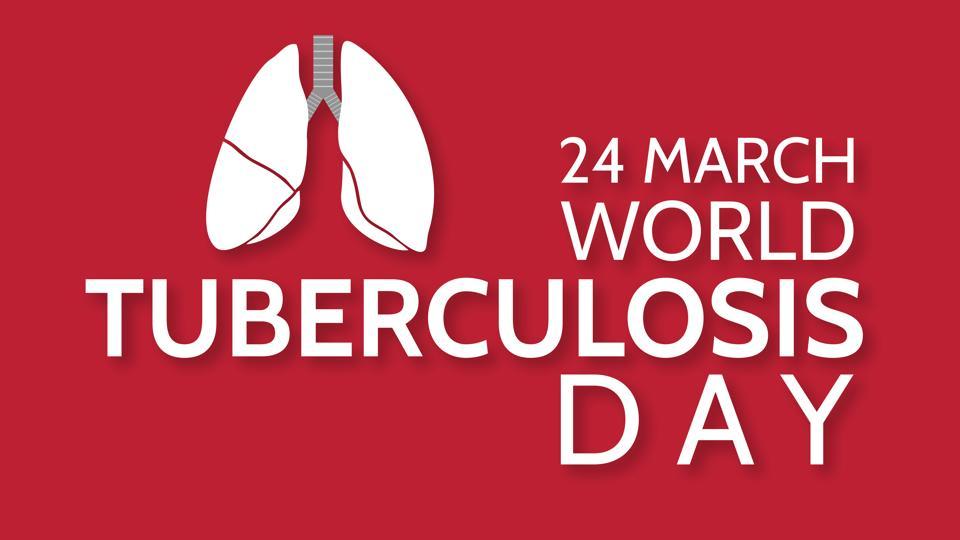
- शुक्रबार, २७ असार, २०८२
Kathmandu, March 24: The World Tuberculosis Day is being marked around the theme – ‘It’s time’, across the globe, including in Nepal, amidst various programmes today.
According to the World Health Organization (WHO), the theme this year puts the accent on the urgency to act on the commitments made by global leaders to: Scale up access to prevention & treatment; Promote equitable, rights-based & people-centered TB response; Ensure sufficient & sustainable financing including for research; Promote an end to stigma & discrimination; and Build accountability.
The World TB Day is being marked in Nepal in the context of 15 out of every 100 people with passive tuberculosis suffering from the disease in future.
Bhim Singh Tinkari, director of the National Tuberculosis Centre, said, ‘Most of us are in the risk group of tuberculosis. There is no situation to say that there is no TB.’
According to doctors, the chances of developing manifest tuberculosis are minimal if the passive TB is treated on time.
Much investment but outcome less in Nepal
It has been more than 60 years since programmes for prevention of TB have been initiated in Nepal. However, not much achievement have been made compared to the investments made in this sector by the government.
The Ministry of Health and Population does not have the data on how much amount of money has been spent by the governmental and non-governmental bodies in tuberculosis prevention and treatment.
The Ministry has allocated Rs 700 million under this heading in the current fiscal year alone.
Forty-five thousand new TB patients are detected every year in Nepal. The National Tuberculosis Centre put the number of new and old TB patients in the country at around 60 thousand last year. TB is the seventh killer disease among the diseases causing the highest number of deaths. Eighteen people are dying of TB each day.
The Ministry of Health has the challenge of identifying the patients who have still not come under TB treatment system. According to Centre’s director Tinkari, the local bodies have not yet provided them with the data on the number and status of the TB patients at each local level and many women are out of the tuberculosis prevention and treatment programme as very less number of women tend to come for health examination and as they have to come from remote places. As he said, they are facing difficulty distributing the medicines as well.
TB treatment and medicines are provided free of cost to the patients. It is said the government spends more than 150 million annually as the cost of free medicines.
Among the population suffering from TB, 64 per cent is male and 36 per cent is female in Nepal. The diagnosis rate is 112 per 100,000 people. The Centre stated that TB was suspected among 196,363 people in the fiscal year 2017/18 and only 32,477 of them had accessed treatment.
Thirteen thousand new TB cases have yet to be identified and brought under treatment system.
It is stated that 15 to 20 per cent of the total TB patients in Nepal visit the private hospitals for treatment. The private hospitals do not provide the data on the number of TB patients they treated to the government.
“The private sector hospitals do not provide treatment for tuberculosis as per WHO standard. But patients are still going there seeking treatment,” Centre’s chief surveillance officer Anil Thapa said. According to him, the private sector hospitals lack even the required facilities necessary for treatment of tuberculosis.
At present, the Ministry of Health is providing DOTS service from 4,323 treatment centres and the sputum examination service from 604 laboratories while it has set up 56 gene expert centres.
Meanwhile, the Centre said that the TB prevalence survey it had been conducting has reached the final stage. Dr Tinkari said that 80 per cent of the survey has been completed. The survey is the first of its kind in Nepal conducted among 57,610 people in 99 clusters in 55 districts with the use of paperless technology. The objective of the survey begun in 2017 is to carry out chest examination and sputum test of 60,000 suspected cases, on the spot.
Each year, the World Tuberculosis (TB) Day is commemorated on March 24 to raise public awareness about the devastating health, social and economic consequences of TB, and to step up efforts to end the global TB epidemic. The date marks the day in 1882 when Dr Robert Koch announced that he had discovered the bacterium that causes TB, which opened the way towards diagnosing and curing this disease.
WHO states that TB remains the world’s deadliest infectious killer. Each day, nearly 4500 people lose their lives to TB and close to 30,000 people fall ill with this preventable and curable disease. Global efforts to combat TB have saved an estimated 54 million lives since the year 2000 and reduced the TB mortality rate by 42%. To accelerate the TB response in countries to reach targets – Heads of State came together and made strong commitments to end TB at the first-ever UN High Level Meeting in September 2018.
The World Health Organization (WHO) has launched a joint initiative “Find. Treat. All. #EndTB” with the Global Fund and Stop TB Partnership, with the aim of accelerating the TB response and ensuring access to care, in line with WHO’s overall drive towards Universal Health Coverage.
This World TB Day, WHO has called on governments, affected communities, civil society organizations, health-care providers, and national/international partners to unite forces under the banner “Find. Treat. All. #EndTB” to ensure no one is left behind.

